-
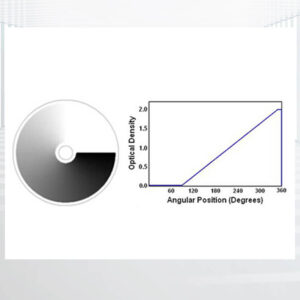
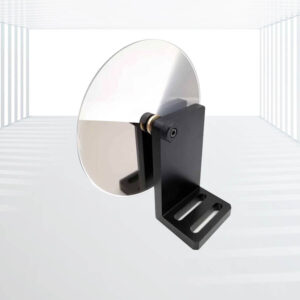
Adjustable Attenuation:
- The circular variable ND filter allows for fine-tuned control of light attenuation by simply rotating the filter.
- The optical density (OD) increases linearly with the rotation angle, providing smooth and predictable adjustments.
Linear Density Relationship:
- The linear relationship between optical density and rotation angle allows for precise control, which is particularly useful for applications requiring accurate light modulation.
- Enables motorized rotation for precise logarithmic sweeps in transmitted beam power.
Specifications:
- Outer Diameter: Available in sizes ranging from 10mm to 200mm.
- Coating Region: Covers 0-270°.
- Optical Density Range Options: Max. OD1, Max. OD2, Max. OD3, and Max. OD4.
Ease of Use:
- Users can easily set the filter to achieve the desired transmitted beam power by referencing the angular markings.
- This convenience facilitates quick and accurate adjustments during experiments or industrial processes.
Applications: Industrial Imaging, Machine Vision, Spectroscopy, Laser Experiments, etc.
-
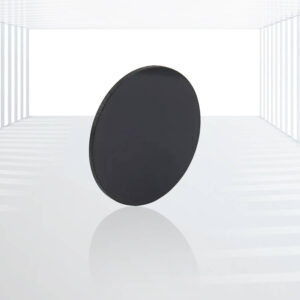
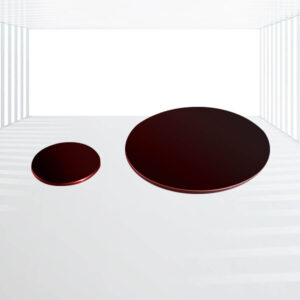
Metallic Coatings: The attenuation properties of these filters are achieved through metallic coatings. The metal alloy coatings are carefully selected and deposited to ensure precise control over light transmission.
Substrate Material: Germanium is used as the substrate material due to its excellent properties in the IR spectrum. Germanium substrates ensure optimal performance and durability in demanding applications.
Broad Wavelength Coverage: These filters are designed to attenuate radiation over a wide range in the IR region, optimized at 2.2 microns. They are capable of covering wavelengths up to 15 microns, making them suitable for various IR applications.
Applications: Thermal Imaging, Spectroscopy, Laser Systems, Sensor Protection, etc.
-
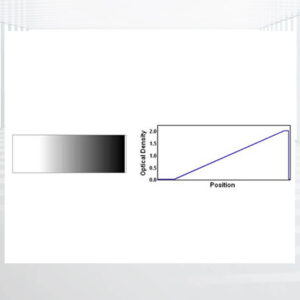
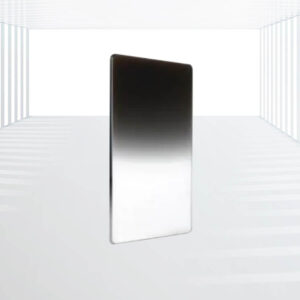
Linear Density Variation:
- The optical density varies linearly across the longest dimension (length) of the filter, allowing for smooth and precise control over light attenuation.
Substrate Materials:
- BK7: Provides excellent performance across the 380-2000nm wavelength range.
- Fused Silica: Extends the usable range to 250-2500nm, covering UV, VIS, and IR spectra.
Optical Density Options:
- Four maximum optical densities are available: OD1, OD2, OD3, and OD4. This range offers versatility in managing light transmission for various applications.
Broad Wavelength Coverage:
- BK7 filters cover a transmission range from 380-2000nm.
- Fused Silica filters extend from 250-2500nm, accommodating a wide range of spectral requirements.
Applications: Industrial Imaging, Machine Vision, Spectroscopy, Laser Experiments, etc.
-
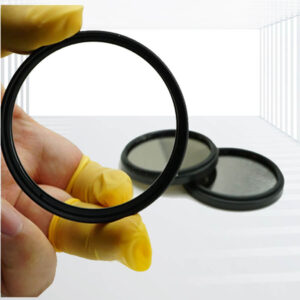
Uniform Attenuation: UV Neutral Density Filters provide a uniform reduction in light intensity across the entire 250-380nm wavelength range, ensuring consistent exposure and preventing overexposure or damage to UV-sensitive sensors or samples.
Neutral Color Balance: By maintaining a neutral color balance, these filters minimize any color distortion or shift in the transmitted UV light, preserving the integrity of spectral measurements and imaging.
Versatility: Available in a range of optical densities (OD), UV Neutral Density Filters can be selected to achieve the desired level of attenuation, from slight reduction to several orders of magnitude.
High Optical Quality: Manufactured from high-quality materials such as fused silica or quartz, these filters exhibit excellent transmission characteristics and low scattering, ensuring high optical performance.
Durability: Designed for use in demanding environments, UV Neutral Density Filters are often coated with durable anti-reflection layers and can withstand exposure to UV radiation without degradation.
Applications: Spectroscopy, Imaging, UV Curing and Exposure, UV Safety, Scientific Research, etc.
-

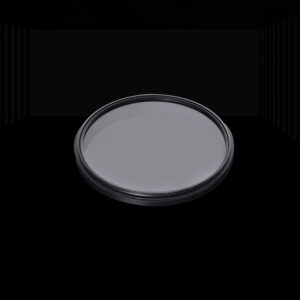
Spectral Neutrality: Equal attenuation across wavelengths ensures preservation of spectral integrity.
Flexibility: A wide range of OD values allows precise control over light intensity attenuation.
Durability: Durable metal coatings enhance lifespan and stability.
Versatility: Applicable in various optical systems, including natural light and laser applications.
Applications: Photography and Videography, Astronomical Observation, Biomedical Imaging, Optical Measurement and Analysis, Laser Technology, etc.
-
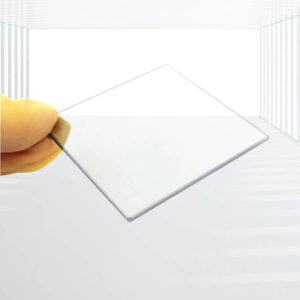
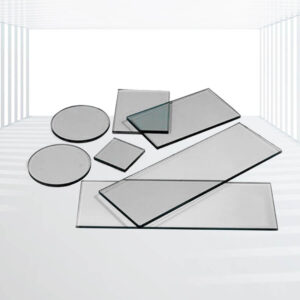
Broad Spectral Coverage: VIS-NIR NDFs cover a wide spectral range, enabling their use in applications that require simultaneous analysis of visible and near-infrared light.
Spectral Neutrality: Like their VIS-only counterparts, VIS-NIR NDFs maintain the spectral distribution of light, ensuring that all wavelengths are attenuated equally, preserving the true color and spectral properties of the incident light.
Precise Attenuation: Offered in various Optical Density (OD) values, these filters provide precise control over light intensity reduction, allowing for fine-tuning of exposure or signal levels in different applications.
Durability and Stability: Constructed with high-quality materials and coatings, VIS-NIR NDFs exhibit excellent durability and stability, ensuring consistent performance over time and across various environmental conditions.
Versatility: Their broad spectral coverage and precise attenuation capabilities make VIS-NIR NDFs versatile tools for a wide range of applications in photography, science, engineering, and industry.
Applications: Photography and Cinematography, Scientific Research, Biomedical Imaging, Industrial Inspection, Laser Systems, etc.










